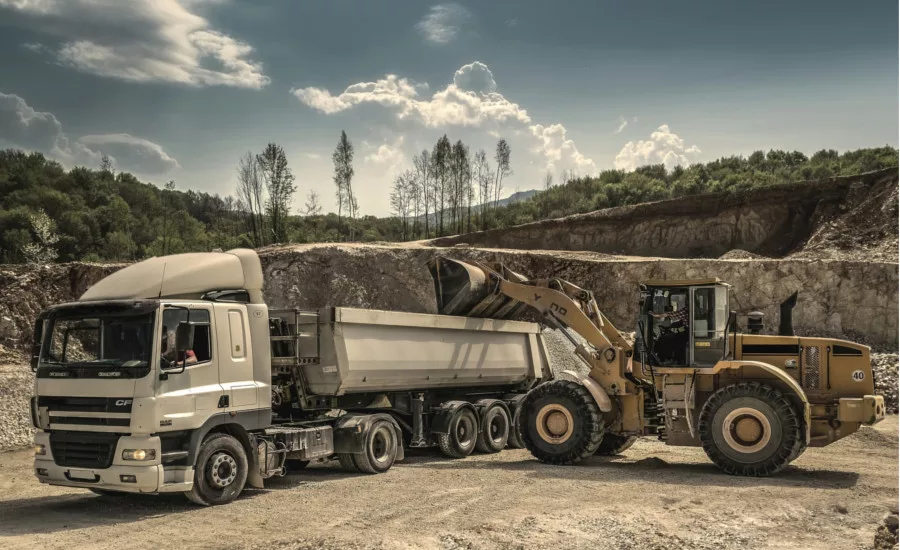Three Tips to Maintain Fleet Vehicles

Whether you are operating with a fleet of two thousand vehicles or just two vans and a flatbed truck, maintaining a fleet is a difficult job involving micromanaging, constant vigilance, and maintenance. That being said though, if you plan on getting into the restoration and remediation business then, at some point, a fleet will be absolutely necessary to transport workers, equipment, and whatever else a job may call for.
Because of that, here are some tips to best maintain a fleet of company vehicles.
- How to prevent Thieves/Vandals
It’s the worst case scenario, but it’s still an incredibly important thing to consider. Some people are willing to steal anything as long as they can sell it for any profit, so don’t act as though your fleet will be completely immune to thieves or vandals, because they aren’t.
The best advice on how to deter criminals is similar to how you would stop someone from breaking into your own garage and stealing your personal car:
- Keep lights in and around the fleet parking lot
- Invest in some security (be it security cameras or an actual security guard)
But for a restoration and remediation company, you should follow a few more steps:
- Try to keep as much equipment as possible inside your facility and not inside of individual fleet cars
- Keep an accurate and up-to-date inventory on everything, so if a thief does strike you can replace all stolen equipment.
Again, however, the most important thing to remember about preventing theft and vandalism is to realize that anyone can be a target, even you. Vigilance is the best way to deter theft and vandalism. Stay vigilant, it’s your responsibility.
- The Employees
The most important part of a fleet of vehicles are the people who are going to be driving them. The success of your fleet as a whole relies almost entirely on them and their ability to operate the vehicles effectively.
And when it comes to maintaining vehicles, they are often your first line of defense. The drivers are going to be the ones sitting in the front cabin or in the driver’s seat, and they are going to be the first people to see any warning lights on the dashboard or they will be the first people to notice any issues with the vehicle mechanically.
What you need to do, as the manager of the fleet, is make sure that they know they can report any of these issues to you. They need to feel comfortable enough to tell you that the “check engine” light has turned on, so that you can get a person in there to make sure the vehicle is able to be fixed. If they don’t feel comfortable enough, then that could be disastrous and lead to things much worse than the vehicle just breaking down.
So how do you make them comfortable enough to do that?
You incentivize them. Give the drivers who obviously care for their vehicles options for upgrades and/or promotions, make them want to care for the vehicle they are driving.
You educate them on how to properly operate their vehicles and what every warning light and miscellaneous sound means.
And you set a good example. The drivers need to trust that you will fix the vehicles when they point things out just as much as you need to trust them to point things out. Trust is a two-way street.
- Using technology
Use GPS devices to map efficient routes that avoid rough/unsuitable terrain as much as possible.
Use new technology, often provided by vehicle manufacturers, to keep track of schedules for maintenance.
Use online weather reports and predictions from professional meteorologists to tell when the roads are going to be horrible for driving and adjust schedules from there.
The future is now, and in the palm of your hand could be the key to making sure your fleet is well maintained and able to perform at peak efficiency.
At the end of the day, taking care of an entire fleet of vehicles and their drivers is a huge responsibility. But an effective and efficient fleet can easily turn a small restoration and remediation company into a massive business. I guess all that’s left to say now is “good luck.”